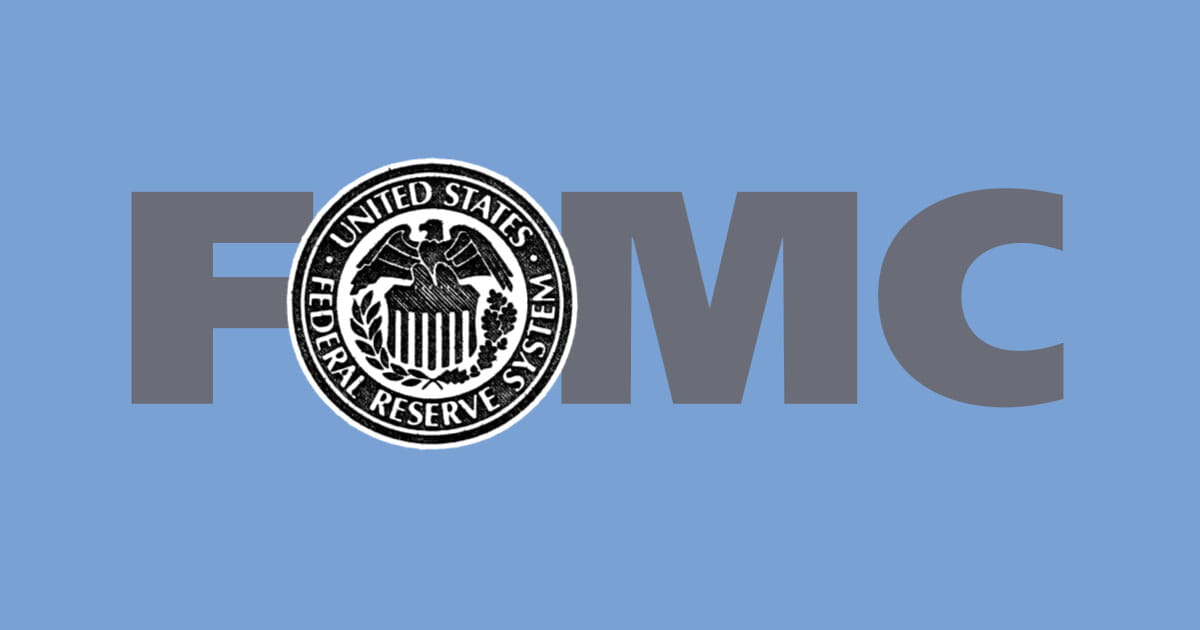

The Federal Reserve left interest rates on hold as widely expected. The main takeaway from the statement and press conference was uncertainty: Fed Chair Jerome Powell repeatedly emphasized the unclear economic outlook as the central bank’s rate-setting committee met for the first time since the 2 April tariff announcements.
The Fed statement directly acknowledged that these trade policy changes have increased risks to both sides of its dual mandate: Tariffs are likely to weaken growth and spill over to the labor market, even as they raise prices. If these trends become clearer in data releases in the coming months (which we expect, though the latest inflation and employment reports were benign), the Fed will likely be in a challenging spot.
We believe the Fed will hold off on rate cuts until hard evidence of a slowdown appears in labor market reports – potentially not until late summer or fall. Once that evidence arrives, however, we expect the Fed will cut rates quickly to support the economy.
In a good place in May …
As Powell indicated at the press conference, the Fed seems to be in a good place and can be patient. The April U.S. employment report suggests the labor market is doing well, and inflation is still somewhat above target, so the Fed has some luxury to wait for more information before making any decisions that take monetary policy out of restrictive territory. Powell also stated that, given elevated inflation, the Fed wouldn’t cut rates preemptively in an effort to get ahead of higher recession risks. Markets seemed undisturbed following the relatively quiet May Fed meeting, with U.S. Treasury yields ending the day near their pre-announcement levels.
… but ‘a complicated and challenging’ outlook
While there were few signs of disruption in the most recent inflation and employment data, Powell emphasized the uncertain and challenging outlook for Fed officials. Initial conditions of a relatively solid economy and above-target inflation, plus the economic implications of tariffs, put the central bank in a tricky spot. With tariffs, the near-term impacts tend to be higher inflation but lower real economic activity, including employment. Indeed, the Fed revised its May statement relative to the prior release in March to acknowledge that risks of this conflicting outcome have increased. Thus, the central bank must balance the risks and potential benefits of policy decisions: lowering rates to support growth and employment (risking higher inflation), or keeping rates elevated to help restrain inflation and anchor inflation expectations (risking higher unemployment). Waiting for clarity appears to be the central bank’s best strategy for now, as Powell made clear at this meeting.
In order to cut rates, we think the Fed will need to be confident that inflation expectations are well-anchored and recession risks are rising conclusively. This assurance may not come until the data show definitive evidence that the labor market is decelerating or contracting. In response to questions about cutting rates amid rising recession risks, Powell acknowledged that “it's not a situation where we can be preemptive.”
Tariffs should be expected to produce only a fleeting burst of inflation (euphemistically called a price level adjustment). But Fed officials are acutely aware of the risks that come with both the scale and timing of this episode. As companies pass some of the tariff costs on to consumers, core U.S. inflation could well breach 4%. With memories of the pandemic’s inflationary surge still fresh, the danger is that increased inflation expectations could stoke nominal wage growth. That would make it harder for the Fed to bring inflation back to target without a firmer hand on policy.
Worryingly, inflation expectations are rising again. Surveys show that households, businesses, and forecasters are all bracing for higher inflation, with one-year-ahead expectations now back at pandemic-era highs – well before any broad-based evidence of firms raising prices. Longer-term measures, such as the University of Michigan’s five-year, five-year-ahead gauge, have climbed to levels unseen in a quarter-century.
We believe this means that Fed officials are likely to proceed with caution, waiting for clear evidence that inflation expectations remain anchored and labor markets are softening before making their next move.
Tariffs and monetary policy: lessons from history
A World Bank study of 16 advanced economies from 1960 to 2019 finds that, on average, central banks raised policy rates by 13 basis points (bps) for every percentage point increase in effective tariff rates. The response, however, was not symmetric across economic environments. In periods when inflation was running hot – specifically, when the three-year average exceeded 4% – central banks were far more hawkish, lifting short-term rates by as much as 40 bps for each percentage point increase in tariffs. In cooler, low-inflation environments, policy rates barely budged. Notably, in neither scenario was cutting rates the prevailing response.
Currently, the data indicate the U.S. is likely in the former (hotter) camp: As of March, the three-year average for headline inflation stands at 4.6%. History suggests this would tend to keep the Fed holding steady. Both markets and policymakers see little chance of rate hikes.
Bottom line
Given the next Fed rate cut will likely require evidence of a weakening labor market, exactly when it might start to contract is crucial. Trade policy, shifting immigration rules, federal government layoffs, and a general air of uncertainty are all expected to weigh on the labor market at different points this year. For now, we believe the risk is that any real deterioration will not show up until summer – which means (given lags in the data) that hard evidence of a labor market slowdown may not be in hand until the Fed’s late July or – more likely – mid-September meeting.
Even if trade tensions de-escalate and tariffs moderate, the U.S. will still face import duties higher than anything seen in recent history. The near-term consequences are clear: higher inflation, lower real incomes, and contracting investment. The longer-term effects are less clear, but they could include greater investment in U.S. industries – time will tell.
For now, these economic challenges put the Fed in a tough spot. The evidence needed to prompt a rate cut likely won’t appear until later this summer or early fall. Once it does, we expect the Fed to cut rates fairly quickly.

